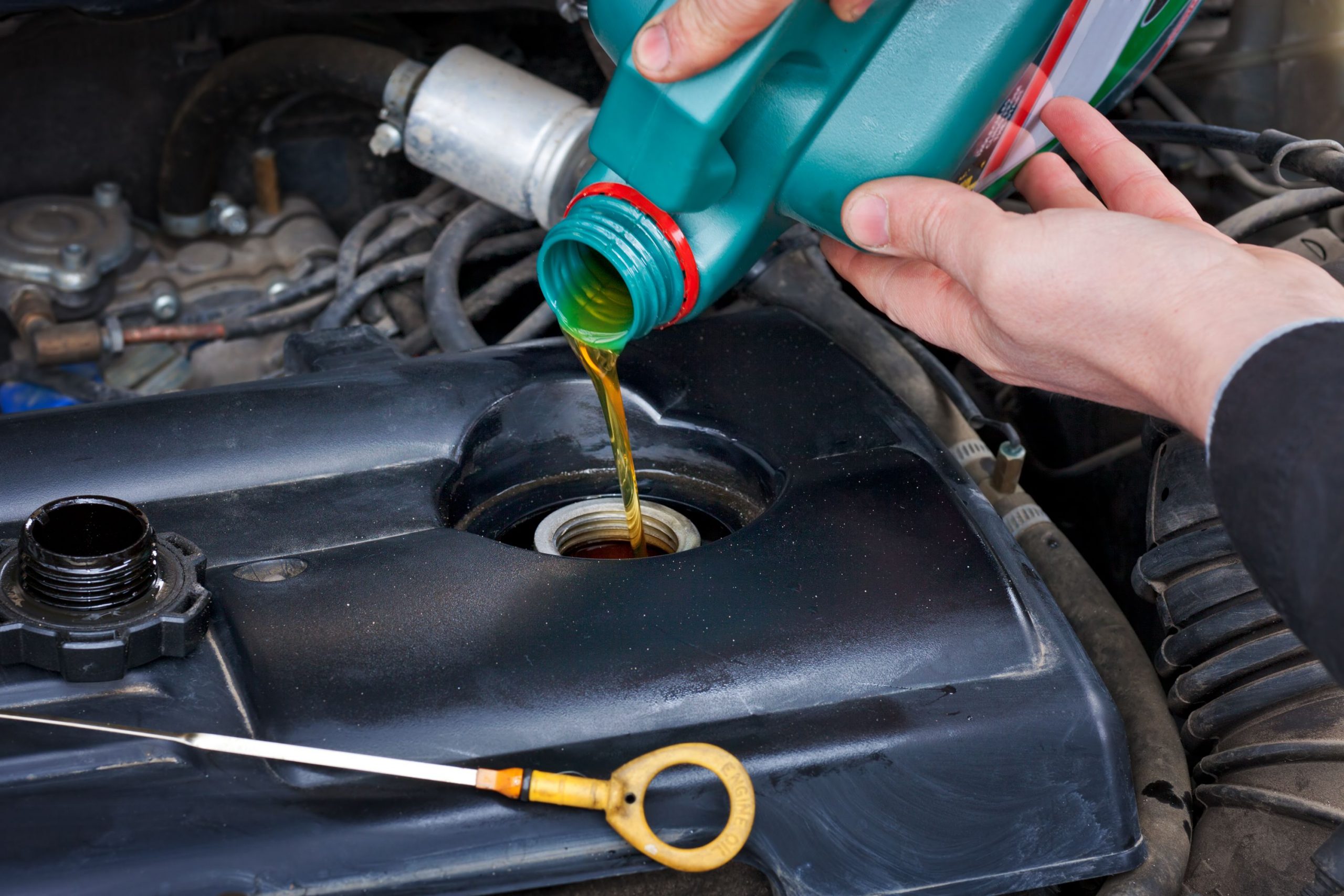Contents
How to Change Your Car Engine Oil
Changing your car’s engine oil is an important part of regular maintenance. It helps to keep your engine running smoothly and efficiently, and it can extend the life of your car. If you’re not comfortable changing your oil yourself, you can take your car to a mechanic and have them do it for you. However, if you’re looking to save some money and you’re handy with tools, you can easily change your oil at home with a few simple steps.
Materials You’ll Need
- New engine oil (check your owner’s manual for the correct type and amount)
- New oil filter
- Oil pan
- Funnel
- Wrench
- Gloves (optional)
Step-by-Step Instructions
- Safety first! Park your car on a level surface and engage the parking brake. Allow the engine to cool down for at least 30 minutes before you start working on it.
- Locate the oil pan. The oil pan is usually located under the engine. It’s a large, metal pan that holds the oil.
- Place the oil pan under the drain plug. The drain plug is located at the bottom of the oil pan. It’s usually a 17mm bolt.
- Loosen the drain plug. Use a wrench to loosen the drain plug. Be careful not to drop the bolt into the oil pan.
- Allow the oil to drain. Allow all of the oil to drain out of the oil pan. This may take a few minutes.
- Replace the drain plug. Once the oil has drained out, replace the drain plug and tighten it securely.
- Locate the oil filter. The oil filter is usually located near the top of the engine. It’s a cylindrical-shaped object with a black cap.
- Loosen the oil filter. Use a wrench to loosen the oil filter. Be careful not to spill any oil.
- Remove the oil filter. Once the oil filter is loose, remove it from the engine. Be careful not to spill any oil.
- Apply a thin layer of new oil to the gasket of the new oil filter. This will help to create a seal and prevent leaks.
- Install the new oil filter. Screw the new oil filter onto the engine by hand. Tighten it securely, but do not overtighten.
- Pour the new oil into the engine. Use a funnel to pour the new oil into the engine. Add the amount of oil specified in your owner’s manual.
- Check the oil level. Use the dipstick to check the oil level. The oil level should be between the “full” and “add” marks on the dipstick.
- Start the engine and let it run for a few minutes. This will circulate the new oil throughout the engine.
- Check for leaks. Look under the car for any leaks. If you see any leaks, tighten the drain plug or oil filter until the leak stops.
Tips
- Dispose of the old oil and filter properly. Check with your local auto parts store or waste management company for recycling options.
- Change your oil regularly according to your owner’s manual. The frequency of oil changes depends on your driving habits and the type of oil you use.
- If you’re not comfortable changing your oil yourself, take your car to a mechanic and have them do it for you.
Conclusion
Changing your car’s engine oil is a relatively simple task that can save you money and extend the life of your car. By following these steps, you can easily change your oil at home in just a few minutes.





